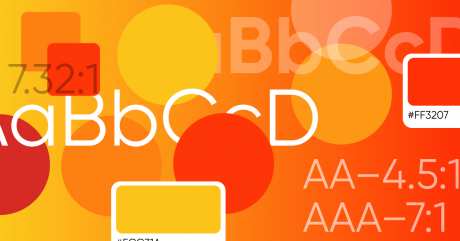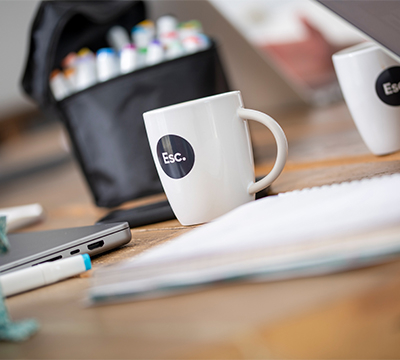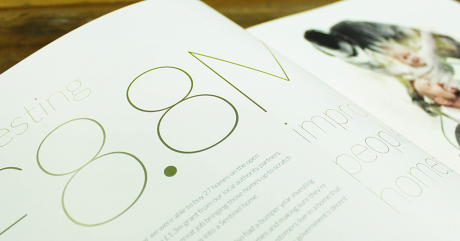
Insights Is print dead?


Definitely not. Admittedly the last 20 years has seen a massive change in how we gather and share information, news and stories. And digital marketing has climbed over print in its rapid rise during those years. Despite that though print still produces eye catching results in the marketing and information space
Now I’m a bit biassed. I love print already. I love the smell of fresh print, the feel of the different paper stocks, the creativity involved in a great magazine or print ad design, the typography… I could go on! It also probably seems a bit ironic that this is an online post and I’m talking about print, but digital and offline marketing go hand in hand in many successful campaigns.
So, why is print still breathing?
For one, print is still the most trusted media, followed by TV, with 82% of readers trusting a print ad over an online ad when making a purchase. (Burstein, 2017). Considering the huge increase in fake news, spam emails and pop up ads overloading your Instagram account recently, it’s not that surprising. The fear of viruses and having your data stolen makes people very wary of clicking. Print tends to give more of a sense of legitimacy and you're not going to get a virus from a print ad, unless you don’t wash your hands after!
Talking of viruses
The last couple of years of Covid initially didn’t do much to help print, with everyone diving on the internet and Netflix in lockdown with not much else to do. Time was filled digitally. And then it got a bit too much. People needed a digital detox. Print gives that break from staring at the glare of a screen. It’s easier to read large amounts of text in a printed magazine than its online equivalent. Viewers reading print tend to spend 20 minutes a time magazine in their hand, compared to a viewer of a digital news site who sticks around for less than five minutes (Heitman, n.d.).
Despite the virus causing massive holes in the world economy, 60 new print magazines were launched in America alone in 2020! People are still buying printed magazines. A printed piece is tangible. As humans we value physical material things. Paper stocks give that extra sensory experience. Beautiful typography, design and photography, that doesn’t pixelate or get covered by a pop up ad, increases brand awareness and recall. Recent magazines are using heavy stocks, different print finishes and paper weights to make the experience even more engaging, and increasing the amount of times readers repeatedly pick up the piece. Being able to touch a brand creates a stronger sense of familiarity and value. And you can’t block a printed ad!
Information on the internet is fleeting. An ad may be online one day and may be gone the next. Or blocked by the reader. Printed materials, on the other hand, linger for days, weeks, months even years, depending on what or where it is. We’ve all seen the 1992 September edition of Vogue in the dentist’s waiting room! Print gives the benefit of long exposure to a wide number of readers.
For the B2B arena, a printed piece of collateral can be a flagship for marketing and brand awareness. Physical branded assets, such as a corporate magazine or annual report, have an intrinsic value. Having your printed content sitting on the desk of some of your biggest clients is a form of promotion, especially when it acts as a conversation starter between decision-makers.
Share insight
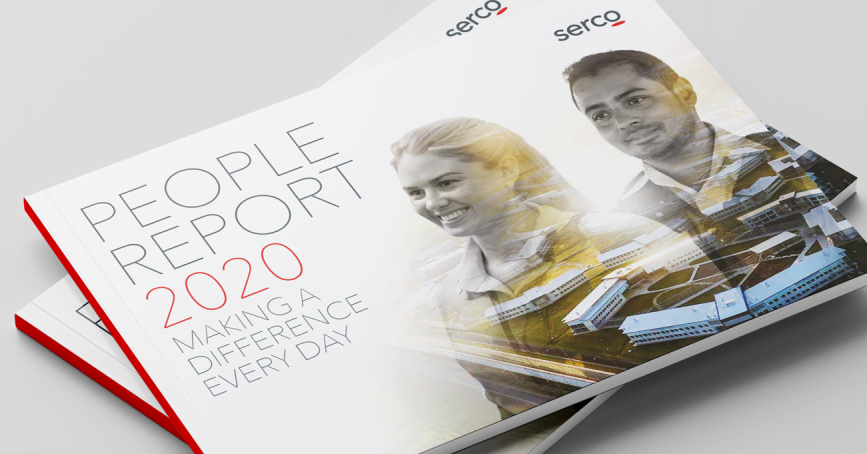
Eco boost
With the state of the environment a topic that should be at the front of all business thinking, some may feel printed material is a bad way to go. With this in mind there has been an increase in sustainable and recyclable paper stocks in the print market. FSC certified papers come in a glorious amount of textures and weights to create tactile collateral, while still being kind to the environment. G.F. Smith offers paper that has been recycled from used coffee cups. Their supplier has developed a way to separate the waterproof lining of the cup from the paper allowing it to be turned into the brochure you next pick up! And if you think about it, digital ads are numerous. Those ads need to be on the net. The net needs electricity to run. Unless you can prove that electricity is from a completely green source, your digital ads may not always be that kind to the environment!
Space to be seen
More and more businesses are relying solely on the Internet for their advertising needs. This has obviously seen a decline in the amount of ads in the print space. But this could be an advantage. Publications are less crowded, allowing more room for your ad to stand out from the smaller crowd, and possibly having cheaper prices for that ad space.
Share insight
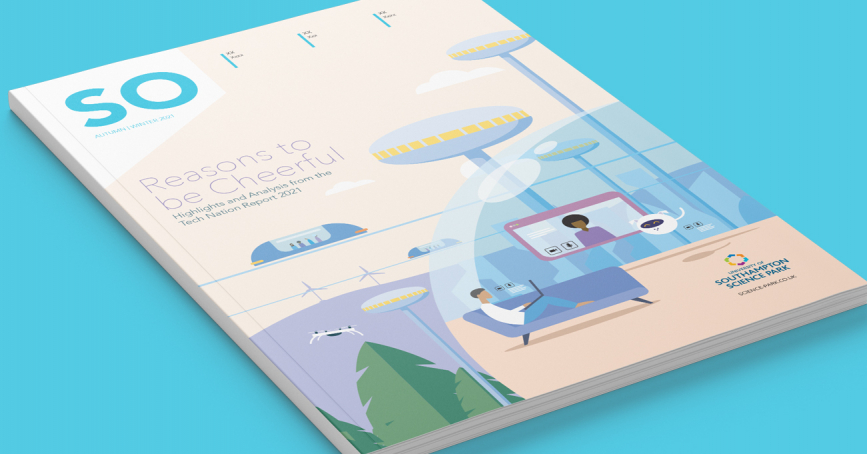
Print AND digital
Now don’t get me wrong. It’s not one or the other. Print and digital go hand in hand. By combining print and digital ads, online campaigns are 400% more effective (Top Media Advertising, n.d.). Digital ads are less likely to be recalled than print ads, but they are more effective than print ads at converting engaged readers into action takers (64% vs 55% for print) (Newsworks, 2020). You can target a particular audience, but each individual takes in information in different ways within that audience. One person may interact better online than a printed piece and vice versa.
When creating a campaign or trying to engage your clients, consider print and digital working together. You’ll create much more engagement and interaction with your brand.
Share insight
Let's talk
- Call us +44 (0) 1256 334567
If you would like to find out more about how we can help you connect strategically, creatively or digitally, then call us or get in touch. We’d love to hear from you.
